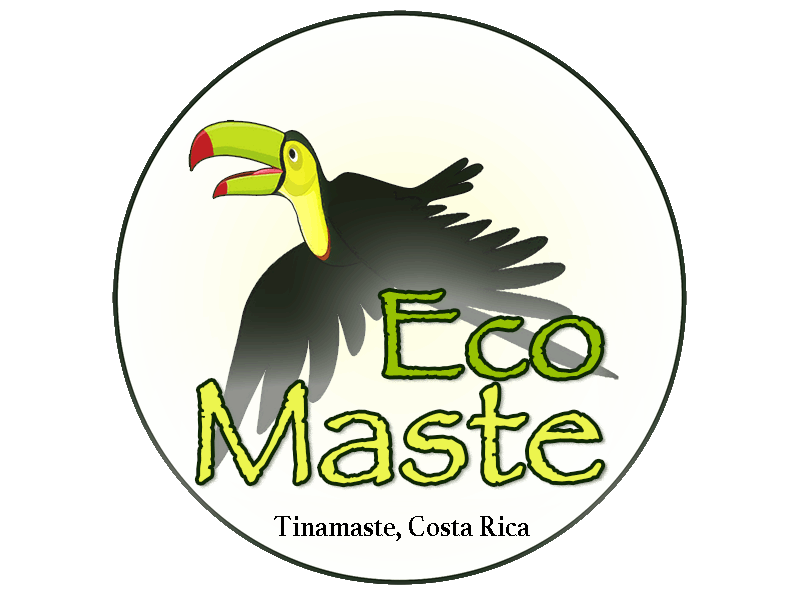Seeds
- Jose Bermudez
- May 10, 2022
- 4 min read
Updated: May 12, 2022
Seeds represent the foundations or building blocks of life. Just as many of us have lost our
connection to ourselves and nature, seeds have been lost too. 93 percent of native and criolla
seeds were lost between 1903 and 1993. It is believed that we have lost over 75 percent of
Earth’s forests due to deforestation and human activity.

“A seed is a forest inside out.”
—Matshona Dhliwayo
Through the preservation of seeds—planting them on our lands and storing them in seed
banks—we can exchange seeds, plant seeds, and bring back some of the biodiversity and vitality we have lost. Seeds are the foundation of all existence. As guardians of the land, we are seeds of change, regeneration, and love. Seeds are our connection to life itself; we cannot have life without seeds.
What types of seeds do we have today?
❖ Local or Native Seeds. These seeds originate in the land or region where they are
currently cultivated. Ten thousand years ago, humans started to domesticate plants and
adapt to specific local conditions; their seeds adapted with them. 2
❖ Criolla or Adapted Seeds. These seeds originally come from other regions of the world
but have adapted to the climate and soil where they are now grown. With the invasion of
colonization, and specifically the Spanish here in Latin America, many seeds have been
carried into the Americas—and all across the world.
❖ Genetically Modified Organism (GMO) Seeds. These seeds are bred not in a garden
but rather in a laboratory, using modern biotechnology techniques like gene splicing.
Scientists modify a seed’s DNA to ensure that the resulting plant produces desired
characteristics. Many GMO seeds are sterile, meaning they cannot produce seeds for the
next harvest.
1 Greenpeace, “Forest Destruction,” Greenpeace Australia Pacific (Greenpeace), accessed November 2, 2021,
https://www.greenpeace.org.au/what-we-do/protecting-forests/forest-destruction/.
2 National Geographic Society, “Domestication,” (National Geographic Society, October 9, 2012),
What are the benefits of Native Criollas Seeds?
Economic benefit: farmers don’t need to purchase seeds each year
Environmental: Conserve the biodiversity, respect of interdependence between animals and
plants
Cultural: Conserve the identity of culture & tribes
Social: Ensuring survival through healthy food for generations
What are the consequences of GMO Seeds?
Economic benefit – farmers need to purchase seeds each year
Environmental – Loss of biodiversity, Increased pests, desertification of soil
Cultural – Loss of security and food sustainability of agriculture/farmers/locals
Social – Public health is in crisis and increased sickness of humans
Why regenerative agriculture?
● Builds and feeds the soil
● Compost or heavy mulch covers crops
● Holistic management
● Many yields and companion planting
● Supports healthy ecosystems
● Zero or minimal tilling
● Sequesters carbon
● Chemical-free
● Cooperates with nature
Why not monoculture agriculture?
● Depletes soil and is extractive to the environment
● Heavy use of toxic fertilizers
● Reductionist
● Plants in mono crops
● Creates dead zones, poisonous waterways, and desertification
● Relies on chemicals for high yields
● Attempts to beat and conquer nature
We are the seeds
The solution is for cultivation of seeds in each household, schools, and public gardens. Also, to purchase from local organic farmers.

Protecting our seeds..
● PLANT SEEDS. Safest way to preserve seeds and empower communities.
● Create a seed bank, in a safe dry place.
● Exchange or share seeds with your neighbors.
● Join us May 28th from 9am - 1pm for a seed exchange at EcoMaste in Fuerte Verde.
More Info: https://www.ecomaste.com/eventos
“When it comes to the love within us and surrounding us, it is so important for us to nourish it like a garden, starting at the core of love in our own hearts and rippling outwards to the garden surrounding us."
We are seeds, ready to sprout and then blossom; it is time for us to remember the love that is our true nature. We all have this seed deep within our hearts. The best way to cultivate our garden of love is to start planting seeds—within ourselves and in the earth—each cycle.
At the core of all beings is a seed of love. Love grows and flourishes within each of us,
especially if we can start our day with intention, appreciation of nature, and conscious
consumption. Love can be compared to the “flowering of a plant when the necessary stage of
maturity has been reached.” 3 We each hold the ability to love—this seed, this potential—within us. It is up to us to nourish this seed of love with compassion, hope, grace, and positive
affirmations.” Regenerate Your Reality Book, Your Guide to Regenerative Living.
3 Michael Soulé, “Love and Its Meaning in the World, a Lecture by Rudolf Steiner, Dec 1912,” Lead Together (Lead
Together , March 19, 2019), https://leadtogether.org/love-and-its-meaning-in-the-world-a-lecture-by-rudolf-steiner-dec-1912/

If what you read here resonates with you, consider buying your copy of best selling book:
A portion of proceeds will support the planting of three trees for each book purchased.
Thank you so much for reading! If you don’t know the project, Regenerate Your Reality
uses permaculture, agroforestry, and education to bring sovereignty and happiness to
our communities. It is our mission to restore the relationship between humans and the
earth and build a regenerative present. Share the mission and learn more at
Article Author : Jean Pullen is a multi-talented artist, gardener, cook, musician, writer, and
entrepreneur. Jean is best selling author of Regenerate Your Reality book, partner & director at Jungle Project, and a Soil Advocate at Kiss the Ground. Jean believes we can be part of the solution to the climate crisis, and that we all can play our part by living regeneration and coming back to our essence of love.









Comments